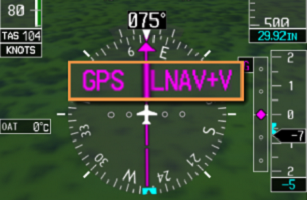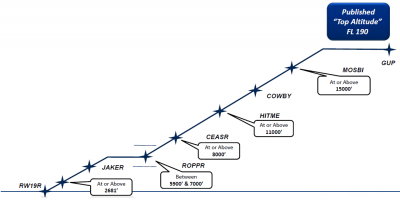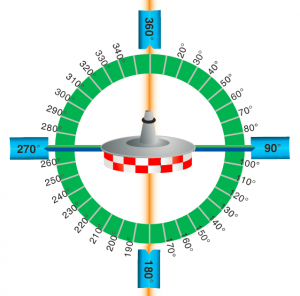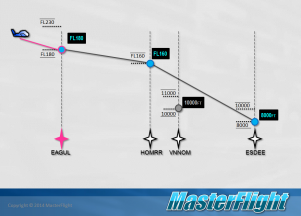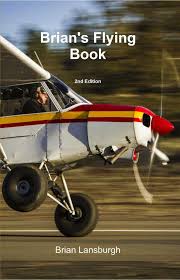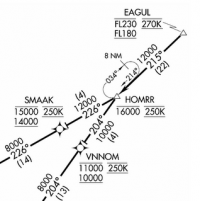“+V Rocks!” It’s an almost universal response when someone flies an approach with a WAAS GPS receiver for the first time. “Look! A glidepath where there wasn’t one before!!!” It’s almost enough to make one giddy (but not quite).
Many pilots think, “GREAT! I can couple my autopilot to the glidepath and let George do all the work.” Nope. In fact, if you have a tendency to fly an LNAV+V with the same procedures you use for an ILS or LPV approach, you may some day find yourself in a world of hurt. Obstacles close to the runway environment may reach up and smite you from the sky.
You need a different technique.

